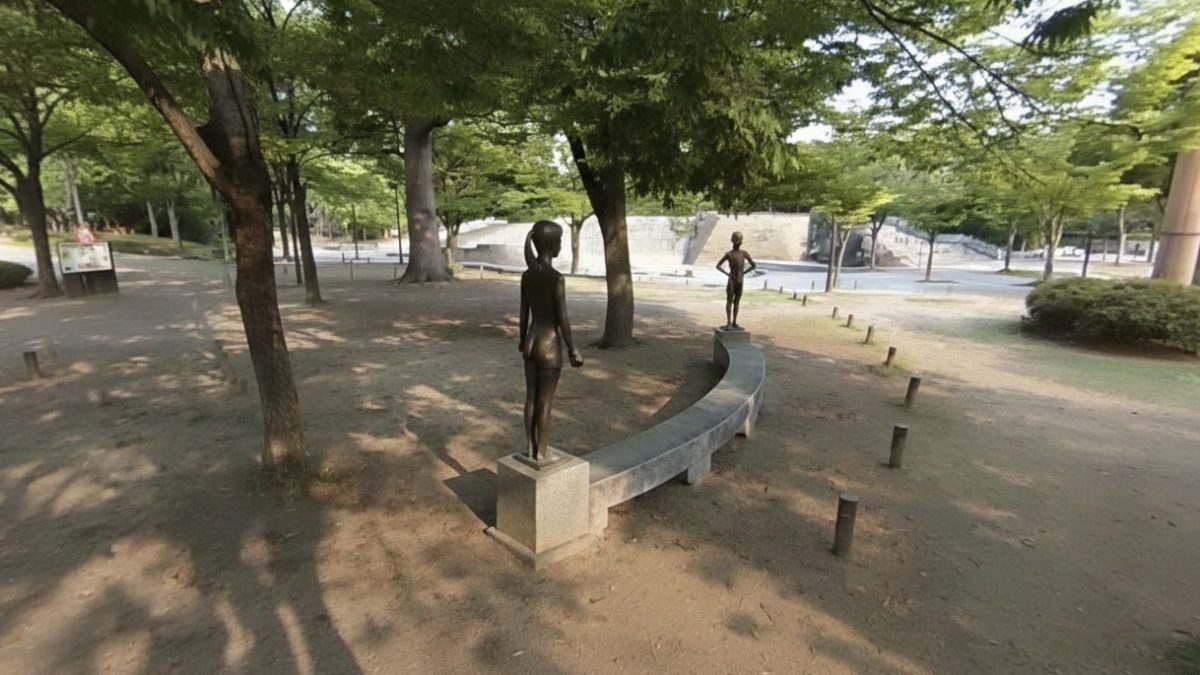
The light dims and the iconic Totoro logo flashes cerulean blue across the screen—a sure-fire promise that this film will be worth the watch. And yet, what is soon revealed proves to be a sea of complexity far deeper than anyone could fathom.
Inspired by Genzaburo Yoshino’s “How Do You Live?” and John Conolly’s “The Book of Lost Things,” the plot unfolds with signs of the typical coming-of-age war story. A young boy, Mahito, loses his mother in a World War II air raid and is forced to begin his new life in the countryside with his stepmother, Natsuko.
Yet, in the following seconds, all traces of a grounded film are cleared to make way for an otherworldly, fantastical plot. Egged on by a gray heron who claims Mahito’s mother is still alive, our protagonist is led to a mysterious tower near his house. And like that, Mahito is transported to an entirely new world inhabited by an array of peculiar characters, including the cute “warawara” spirits, a fire-wielding girl, and an army of pastel man-eating parakeets.
Directed by Hayao Miyazaki, the artist behind such masterpieces as “My Neighbor Totoro” and “Spirited Away,” and composed by Joe Hisaishi, the screen is graced with the classic Ghibli artistry many of us have come to love. That being said, “How Do You Live?” proves to diverge considerably from the studio’s long-established formula of inspirational character growth punctuated by comforting domestic scenes.
While such elements do lend their favor to the film, the story covers a far greater expanse of Miyazaki’s themes than ever before, touching on everything from the neglect of children to the chaotic nature of life. Thus two hours and four minutes of fantastical scene after scene meld together to form an experience akin to sinking one’s head into the deluge of imagination that is Miyazaki’s mind.
In Japan, the film grossed a record-breaking $13.2 million in just its opening weekend, without any prior advertisement. However, with the mindset of most Western viewers who are accustomed to a comparatively concrete approach to storytelling, the lack of a clear plot runs the risk of rendering the movie unwatchable. That being said, all audiences can grow to appreciate the film in all its multi-layered glory by making a simple shift: rather than aiming to reap a full understanding of the story in one go, the film is best interpreted as a chain of experiences to be lived, rather than analyzed. That way, in times of quiet contemplation, scenes from the film will revisit your mind, and you will thus be able to piece together “How Do You Live?” in all its torrential complexities.


























































